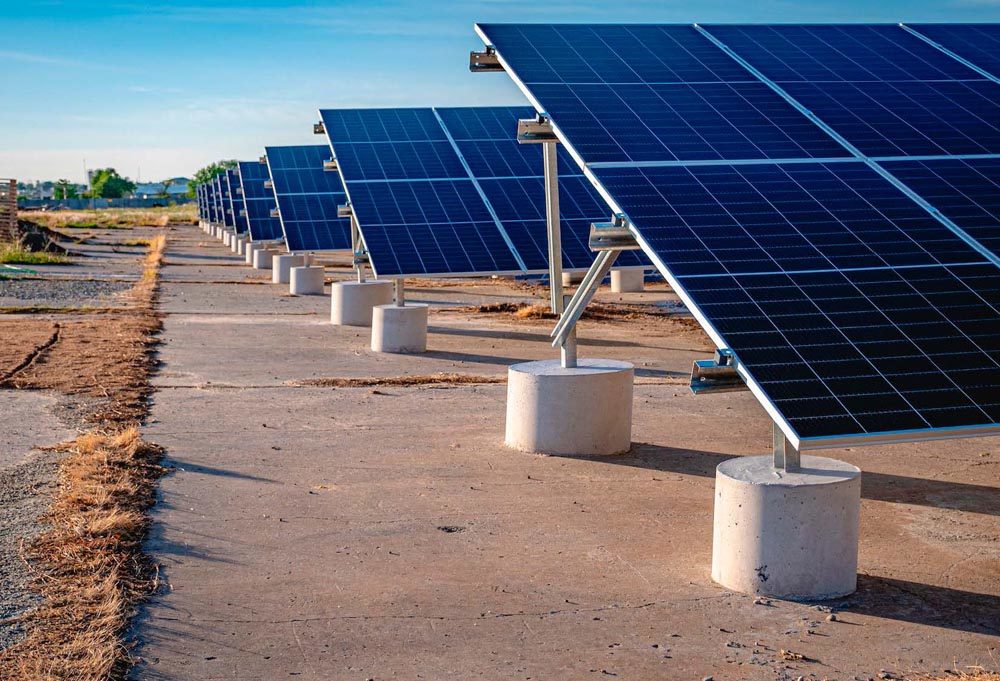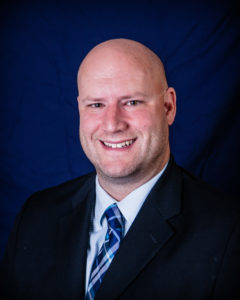Vesconite Bearings Invests in Energy Efficiency in South Africa
Factory reduces reliance on power grid to enhance 24/7 operation
South Africa has an abundance of sunshine with more than 2,500 hours of sunshine a year and solar-radiation levels between 4.5 and 6.5 kWh/m2 per day.
Vesconite Bearings, a global supplier of bearing and wear materials located in Johannesburg, South Africa, is taking strides towards sustainability and environmental responsibility by implementing a comprehensive solar energy solution. The initiative, spearheaded by Factory Manager Robin Crabb and CEO Dr Jean-Patrick Leger, involves a significant investment in solar infrastructure to reduce the factory’s reliance on the power grid and make substantial progress in becoming more environmentally friendly.
South Africa’s power utility has been struggling to supply consistent power to residential and industrial consumers for about a decade, according to Crabb. This situation has worsened of late, with most consumers in December 2023 facing two to six hours a day without electricity.
“Some industrial consumers have responded to the energy crisis by investing in energy solutions that can ensure that they can supply customers with manufactured goods that require energy to produce. Industrial consumers have invested in short-term solutions to provide power, including expensive-to-operate diesel generators, but are increasingly realizing that they need to spend a significant amount of Capex to invest in longer-term solutions to a power crisis that shows no likelihood of ending any time soon,” Crabb said.

On-site at Vesconite Bearings, where the company is installing a comprehensive solar energy solution.
For Vesconite Bearings, which already had a 65 kW test solar solution as well as a diesel-generating solution, the continued sustainability of the company required the investment in an expanded solar power solution to supply a greater proportion of its daylight energy requirements.
South Africa has an abundance of sunshine with more than 2,500 hours of sunshine a year and solar-radiation levels between 4.5 and 6.5 kWh/m2 per day. In the Free State, the province in which Vesconite Bearings factory is located, compressed natural gas must be trucked in, making it similar in price to diesel.
Crabb said solar energy, by far, is the most logical alternative energy choice for the area.
“The region is flat and dry, so hydro is not a possibility. There are no prevailing winds for most of the year, making wind energy a non-starter. Thus, none of these options are practical or cost effective. As such, the sun is the preferred and most reliable source of energy that can be implemented by individual companies with ease,” he added.
As of mid-November 2023, Phase I of the project was 80 percent complete, with the installation of steelwork on concrete slabs to support 325 kVA of solar panels. Simultaneously, Phase II is underway, encompassing the installation of an additional sub-station, the installation and commissioning of two generators, inverters with a capacity of 700 kVA, and a 500 kVA uninterrupted power supply (UPS) system.
According to Crabb, “Making the sub-station live is a significant step forward, with approximately 25 percent of Phase II already completed.”
The completion of Phases I and II was targeted for the end of 2023, contingent on timely equipment deliveries from suppliers. Phase III aims to double the solar capacity by an additional 325 kVA. Challenges in steel supply may influence the timeline, but Vesconite Bearings remains committed to its sustainability goals.
Solar Power Outlook Here in the StatesThe U.S. Energy Information Admninistration (EIA) forecasts that the United States will generate 14 percent more electricity from solar energy than from hydroelectric facilities in 2024, according to its Short-Term Energy Outlook (STEO). This forecast is driven by continued growth in new utility-scale and small-scale solar facilities. For the first time in September 2022, the United States had more solar-generated electricity than hydroelectric generation on a monthly basis, according to Electric Power Monthly. That month, U.S. solar power plants and rooftop solar generated about 19 billion kilowatthours, (kWh) compared with 17 billion kWh from U.S. hydropower plants. Solar power outpaced hydropower again in summer 2023 due to exponential growth in installed solar capacity. From 2009 to 2022, installed solar capacity increased at an average rate of 44 percent per year, and installed hydroelectric capacity increased by less than 1 percent each year. EIA expects annual solar generation to surpass annual hydropower generation in 2024 for the first time. In 2019, annual wind generation surpassed annual hydropower generation. The growth of U.S. solar and U.S. wind generation are following a similar pattern, both largely following growth in installed capacity. (eia.gov) |

Additionally, consideration is being given to purchasing a 1 MW battery system, enabling the storage of solar energy for peak consumption times during the night. This investment aligns with Vesconite Bearings’ vision for its ‘lights-out’ facility, intended to operate 24/7 for large-volume order production, circumventing challenges posed by load-shedding from South African electricity provider Eskom.
To enhance security, the company is also installing a 1.8 m electric fence around the solar system.

Vesconite is aware that its ability to become a supplier of choice in the future will depend on whether its environmental priorities are aligned with those of its customers.
Leger expressed optimism about the project’s potential impact, stating, “We aim to reduce dependence on traditional energy sources, cut costs, and significantly decrease our carbon footprint.”
Vesconite Bearings is confident that these solar investments will fortify the company’s resilience against energy challenges and contribute to a greener, more sustainable future for South Africa and beyond.
When the system is complete, a third to a half of Vesconite’s daily energy requirements should be catered for, supplemented by diesel generators in times of inclement weather. At this time battery storage solutions remain so capital-intensive that nighttime energy requirements (approximately two-thirds of daytime requirements) will remain a major challenge.
South African companies face energy challenges that require energy independence. Other global companies are facing energy challenges in the form of rising costs, due to the war in Ukraine, and the lack of energy availability in some cases. More important, though, are the commitments that many companies have made to have zero carbon emissions by 2030 to mitigate and prevent the devastating effects of climate change.
“Vesconite Bearings is similarly concerned with the impact of climate change and believes that each individual and corporation needs to do as much as possible to reduce the harm that their production and consumption have on the environment,” Crabb said.
Vesconite Bearings is aware that its customers are increasingly requiring supplier information on a raft of issues, including environmental sustainability. While some customers continue to make purchases based on price alone, Vesconite is aware that its ability to become a supplier of choice in the future will depend on whether its environmental priorities are aligned with those of its customers.
For Vesconite Bearings, the moral imperative of doing less harm to the planet, and becoming aligned with its customers’ environmental commitments, is reinforced by the fact that investing in its solar solutions will reduce its overall expenditure on energy. This will also mean that it does not have to pass on a portion of rising energy costs to its customers.
“Customers who were affected by supply vulnerabilities during COVID are also increasingly looking at their supply chains and trying to ensure that their suppliers can continue to produce goods even in the worst conditions. The company remains dedicated to achieving its environmental and operational objectives through innovation and responsible business practices,” Crabb added.







